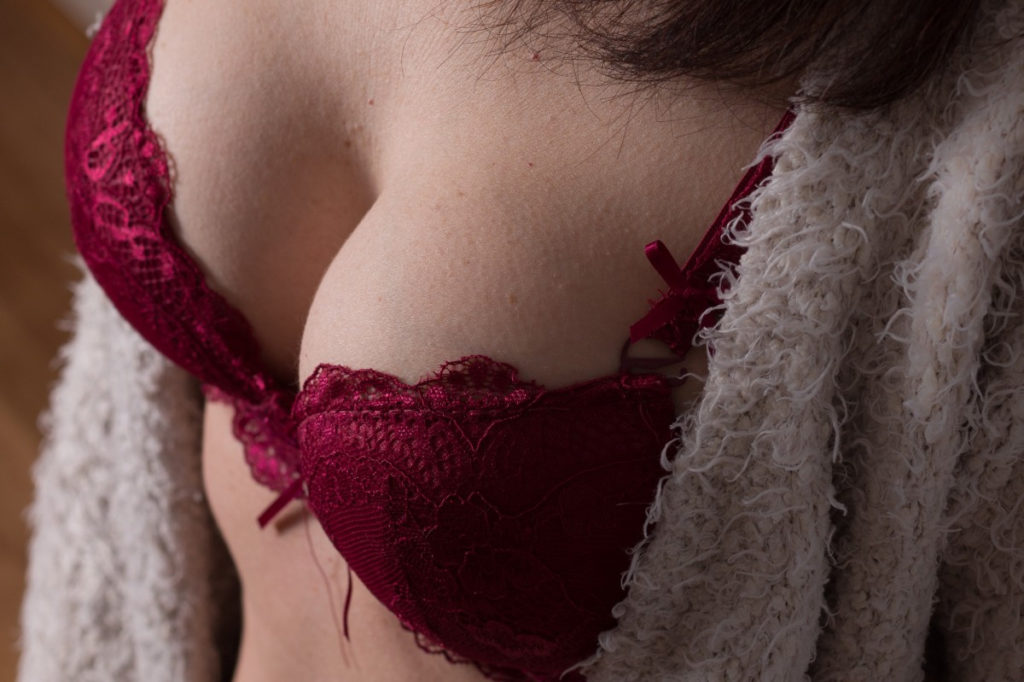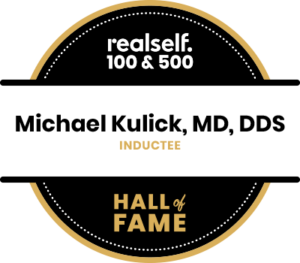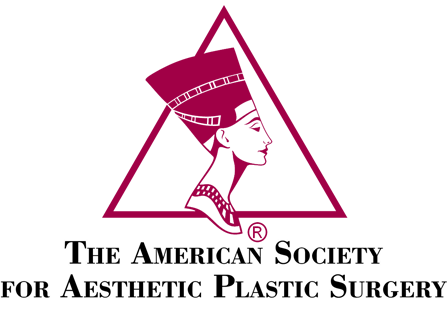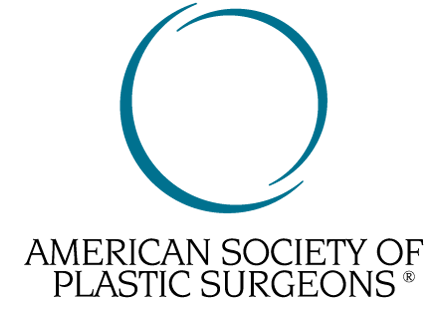Throughout a career that has spanned more than 20 years, San Francisco-based cosmetic surgeon Dr. Michael Kulick has performed hundreds of breast augmentation procedures. Because he is an expert in the field and lecturer on this topic, he receives many questions from patients and prospective patients about what to expect for breast augmentation recovery.
While Dr. Kulick’s knowledge, experience and use of advanced techniques will minimize your downtime and recovery, as with any surgical procedure, the breast augmentation recovery process is something you should fully understand before you commit to getting surgery. From the best sleeping position to activity restrictions and expectations about managing pain and swelling, the goal of this post is to educate you on how to recover from breast augmentation successfully for those who opt to get this popular surgery.
To give you a better understanding of what to expect after breast augmentation, here are some of the most frequent questions Dr. Kulick has heard from his patients.
Q: How long will I feel pain during my breast augmentation recovery?
A: Since every patient has a different pain threshold *, it’s difficult to predict precisely how long you’ll continue to feel discomfort after your procedure. Immediately after surgery, you will have prescription-strength medication to help with the initial pain. You should stop taking the prescription drugs as soon as you can.
Over the next few weeks, your pain level should continue to decrease until it fades away completely. If you experience discomfort, you can ease it by relaxing in a quiet room, practicing mindfulness meditation ** or taking over-the-counter pain medication. If you continue feeling uncomfortable, or having more pain than you feel is appropriate for the phase of recovery you are in, please contact our office immediately.
Q: Now that I’ve had surgery, my breasts feel much firmer than usual. Is that permanent?
A: No. Your breasts feel firmer after breast augmentation due to swelling, but that will subside over time. You can minimize swelling by applying ice packs to your breasts. Be sure to place a towel underneath the ice pack to protect your sensitive skin and keep your incisions from getting wet. To further reduce swelling, you can avoid salty foods and hot showers, and always wear your compression bra as instructed by Dr. Kulick.
Your swelling will gradually go down over time, and should mostly be gone two to three months after your surgery. Keep in mind that you need to give your body time to get used to the new shape and size of your breasts, so as the swelling reduces, your skin and muscles will be adjusting to accommodate your breast implants.
Q: I’ve heard massage can help with my breast augmentation recovery. Is that true?
A: While some patients do not find massage after surgery to be helpful, generally massage can be beneficial for things like minimizing scarring and reducing any breast asymmetry or skin tightening. However, check with Dr. Kulick before you try it, as you will want to be confident that you are doing it at the correct time and doing it correctly.
Q: My breast implants look too high. What should I do?
A: As you prepare yourself for what to expect after breast augmentation, be aware that it’s normal for your implants to be viewed as being higher in your chest. The breast implant position may look too high due to the initial swelling. As your swelling subsides, gravity will help your breast implants settle into a lower, more natural-looking placement after your procedure. Within six months of your surgery, you should find your breasts have attained their natural position.
If you remain concerned, you’re more than welcome to reach out to Dr. Kulick or your patient care coordinator, but part of how to recover from breast augmentation is accepting that your implants might appear to be higher initially.
Q: How should I sleep after breast augmentation?
A: When you add up how many hours you spend sleeping, it’s easy to see how your sleeping position can affect your breast augmentation recovery. The best thing to do is to sleep on your back every night for at least six weeks after your surgery. Ideally, you’ll remain on your back all night long, so if you’re a natural side or stomach sleeper, you may want to invest in a wedge-shaped pillow that helps you maintain your position and not roll over in your sleep.
The best thing to do is to sleep on your back every night for at least six weeks after your surgery. Ideally, you’ll remain on your back all night long, so if you’re a natural side or stomach sleeper, you may want to invest in a wedge-shaped pillow that helps you maintain your position and not roll over in your sleep.
Sleeping on your back allows your breasts to remain symmetrical, which won’t be the case if you sleep on your side. Additionally, sleeping on your stomach is not a good position for women with breast augmentation.
Q: I want to show off my implants. When can I wear a push-up bra?
A: As tempting as it might seem to put your newly enhanced cleavage on full display, it’s best to wait at least six weeks before wearing a push-up bra. While the implants are still settling into their final position, you don’t want to wear a bra that could cause them to shift and end up in a higher position on your chest. Wait for gravity to help your implants assume a natural curve.
Q: How soon after surgery will I be able to lift my child?
A: For at least two weeks after your breast augmentation, you should avoid any lifting to allow your body to heal and prevent the implants from moving. In a perfect world, it’s best to wait until six weeks after surgery before you try lifting anything heavy, but if you have small children, that might not be possible for you. Wait as long as you possibly can to give your body the best chance of healing.
Q: When can I exercise after breast augmentation surgery?
A: Some light movement, such as short, slow walks, in the days following your breast augmentation surgery can help with your recovery. After the first two weeks, you can begin taking faster-paced walks. After six weeks, your body should be healed enough that you can resume all your normal activities, but make sure you clear it with Dr. Kulick first.
If you’ve been wondering what to expect after breast augmentation surgery, we hope this guide has answered some of your most pressing questions. Now that you’re better prepared for how to recover from breast augmentation, you can call our San Francisco office to schedule your consultation with Dr. Kulick.
* Source: WebMD.com
** Source: Psychology Today, January 2015








